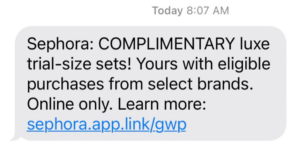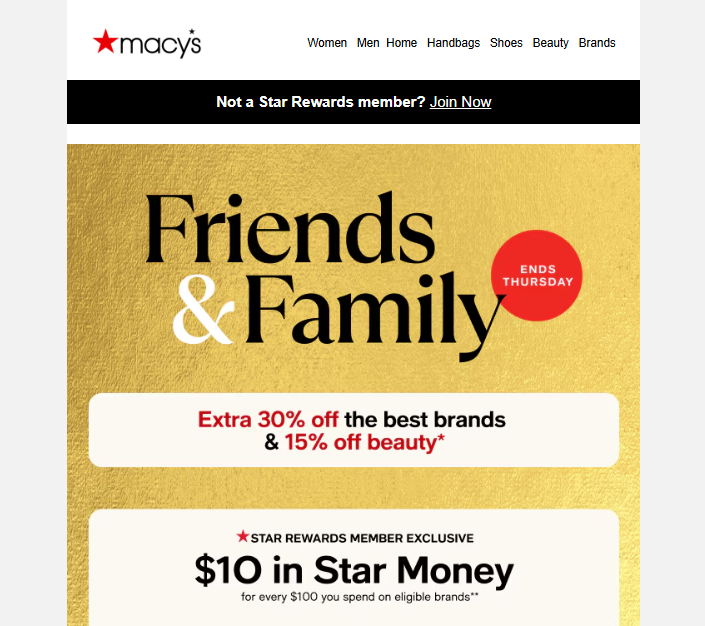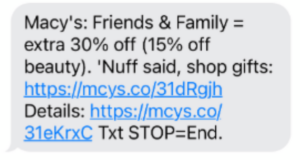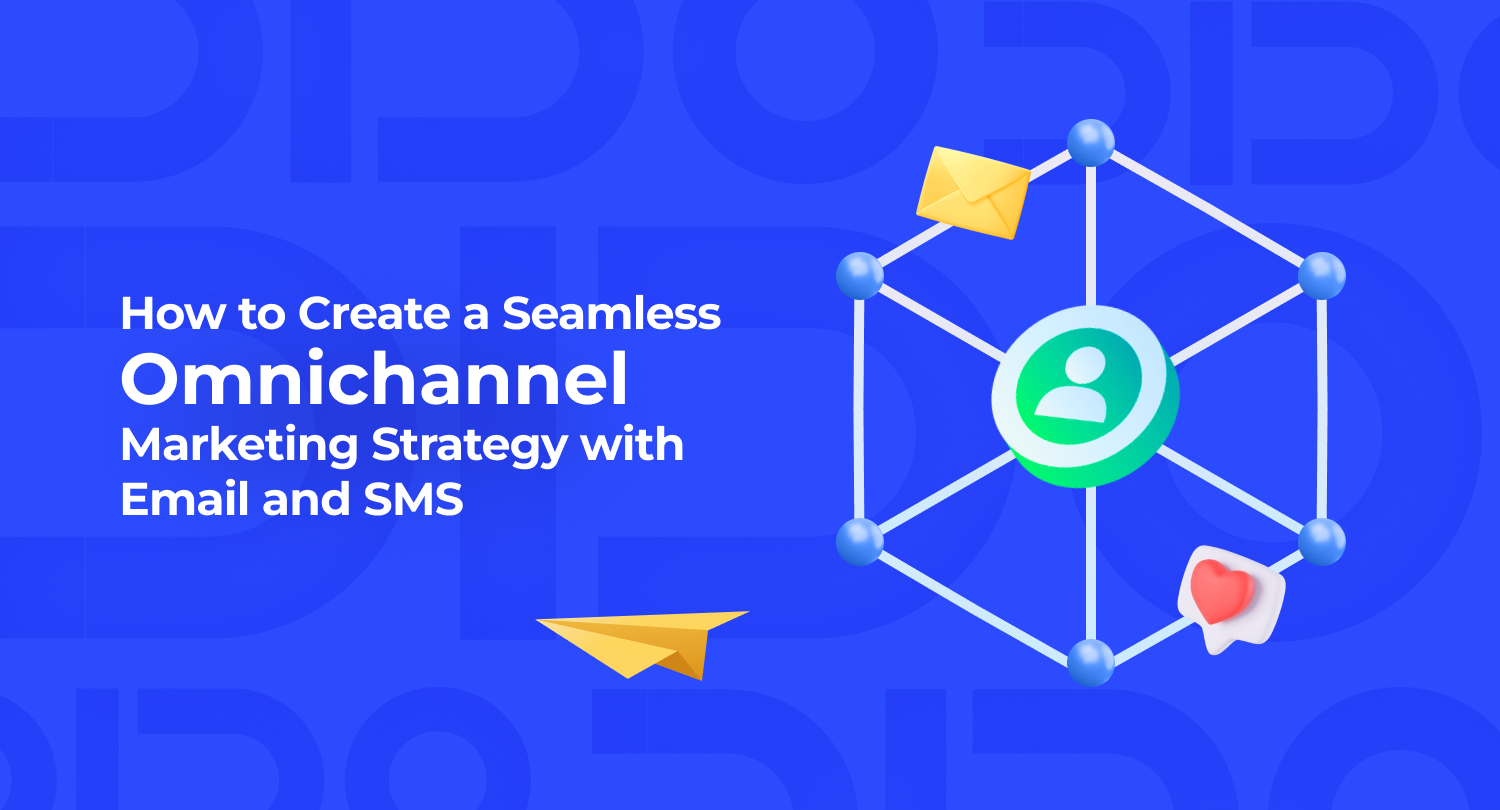Email marketing is an incredibly busy industry.
On any given day, customers get tens (if not hundreds!) of emails in their inboxes, and it can be easy for your eCommerce brand to get lost in the crowd.
That’s why you need to make sure you’re connecting with customers on multiple fronts — which is where an omnichannel marketing strategy comes into play.
In this blog, we’ll guide you through everything you need to know about omnichannel marketing, starting with what it is (and why it’s important), and ending with a few examples to inspire your own strategy.
Let’s get started!
What is Omnichannel Marketing and Why is it Important?
Omnichannel marketing means creating a seamless and integrated customer experience across multiple channels including email, SMS, and social media.
Unlike multichannel marketing, where different channels operate in silos, an omnichannel approach aligns all communications for a cohesive customer experience from beginning to end.
For eCommerce brands looking to provide engaging omnichannel experiences, email and SMS are the two core channels to explore. Email allows you to reach customers’ inboxes through personalized content while SMS provides instant communications, often with higher open rates.
Combining email and SMS as part of your omnichannel marketing strategy can drive engagement, increase conversions, and enhance customer satisfaction.
Steps to Building a Seamless Omnichannel Strategy
1. Synchronizing Email and SMS Campaigns
The first step in creating a successful omnichannel strategy is synchronizing your email and SMS campaigns.
This means designing campaigns with complementary content and timing, allowing customers to experience consistent messaging across both channels. One example of this would be sending a product-specific discount code via SMS after launching that product via email.
By synchronizing these two channels, you can leverage the strengths of both: email for detailed information and SMS for quick, attention-grabbing updates.

2. Centralizing Customer Data for Consistent Communication
The second step in creating a successful omnichannel strategy is centralizing customer data for seamless, consistent communication.
The best way to do this is by integrating your email and SMS platforms with your customer relationship management (CRM) system to create more detailed customer profiles. Then, you can send more personalized emails and SMS messages using CRM information like behaviors, preferences, and purchase history.
This level of personalization is key for building trust and increasing the likelihood of repeat conversions.
3. Choosing the Right Tools for Integration
The third step in creating a successful omnichannel strategy is choosing the right tools for integrating your email and SMS communications.
Choosing the right integration tools is crucial because you can’t execute your omnichannel marketing strategy without them. Look for a marketing automation platform that offers built-in integrations for email and SMS, including:
Automated email and SMS campaigns.
Performance tracking across both channels.
Real-time customer engagement monitoring.
(P.S. DIDO Agency always recommends Klaviyo for this!)

Key Elements of a Successful Omnichannel Strategy
Every successful omnichannel marketing strategy has a few key elements to consider.
Personalized, Timely, and Relevant Messaging
Personalization is a cornerstone of successful omnichannel marketing.
The best way to do that is by using your customers’ email and SMS data to tailor messages specifically to them. For example, if a customer regularly browses a particular category of products, send them personalized offers related to those products via email and SMS.
Timing also plays a critical role here, ensuring your messages are sent when customers are most likely to engage. For SMS, this means avoiding intrusive times like late at night or early in the morning. For email messages, consider time zone differences and when data suggests your customers typically open your emails.
Cross-Channel Consistency in Tone and Branding
Consistency across channels is another cornerstone of omnichannel success.
Consistency in messaging is crucial to maintaining brand identity and trust. That’s why ensuring your email and SMS communications have a uniform tone, language, and visual style is key to reinforcing your brand’s personality.
Whether a customer gets an email or SMS from you, they should immediately recognize the message is from your brand. Even short SMS messages and emails should reflect the voice and personality of your brand, ensuring that customers feel the same connection across both channels.
Challenges and How to Overcome Them
Now, while email and SMS integration offers numerous benefits, there are several challenges you should be aware of.
Maintaining Customer Trust and Avoiding Spam
One of the biggest challenges with omnichannel marketing is maintaining customer trust.
Bombarding customers with too many messages — especially messages that aren’t relevant or timely — can lead to annoyance and unsubscribes.
To overcome this, focus on proper segmentation, so customers only receive messages relevant to their interests. Provide clear opt-out and subscription management options too, so customers can control how frequently they want to be contacted.
Navigating Platform Limitations
Another challenge with omnichannel marketing is the technical limitations of marketing platforms.
Not all email and SMS tools offer the same level of integration, and you may encounter difficulties when trying to synchronize data across platforms.
To navigate this, choose marketing automation tools that support seamless integration and can easily handle both email and SMS campaigns. Remember: investing in the right tools minimizes friction, ensuring a smooth experience for your team and customers.
Examples of Omnichannel Success
Tons of high-profile eCommerce brands have masterfully integrated email and SMS to drive customer engagement and sales, including the two brands we’ll look at today — Sephora and Macy’s.
Sephora
Sephora is one great example of omnichannel marketing success.
They send personalized emails with product recommendations based on a customer’s purchase history, then follow up with SMS reminders for sales or promotions. This shows customers that Sephora notices their preferences while encouraging them to take action immediately.


Macy’s
Macy’s is another example of effective omnichannel marketing.
They send promotional emails about upcoming sales and events, followed by SMS messages offering exclusive discounts for subscribers. This two-pronged approach ensures customers know about Macy’s sales and are enticed to act quickly.


Wrap Up
Creating a seamless omnichannel marketing strategy using email and SMS requires careful planning, the right tools, and a focus on customer personalization.
But, when you put the work in to synchronize email and SMS campaigns, centralize your customer data, and send consistent communications across channels, you’ll start reaping the benefits of boosted engagement and sales.
